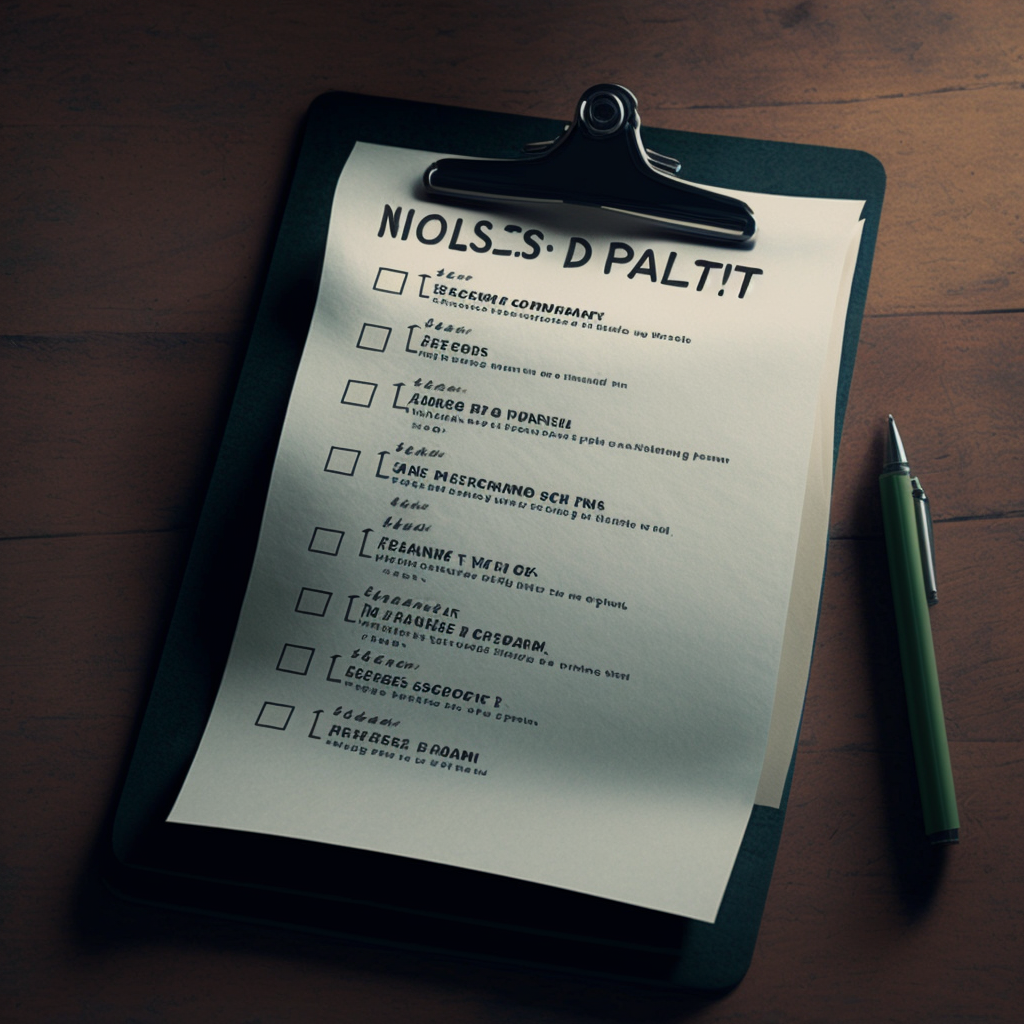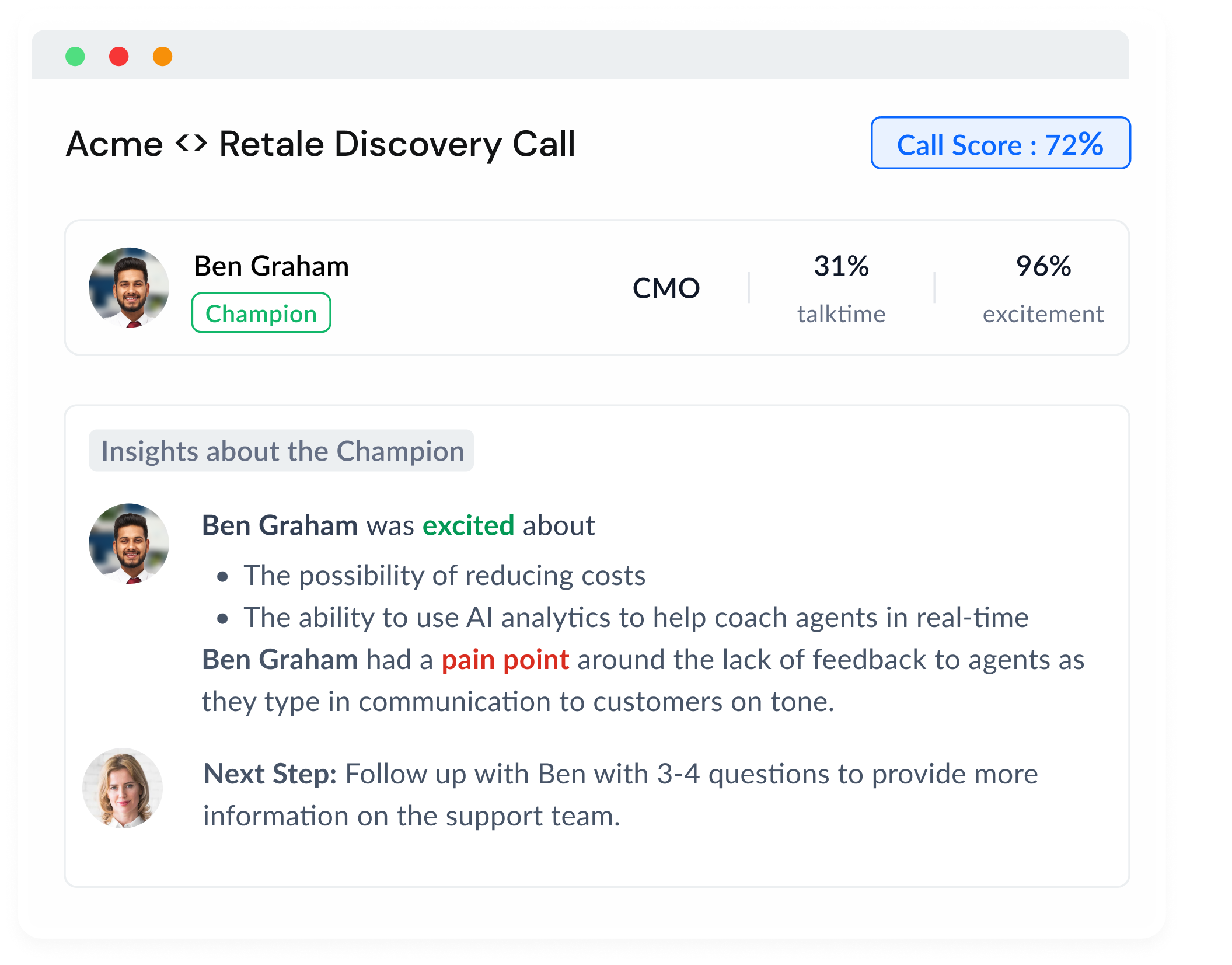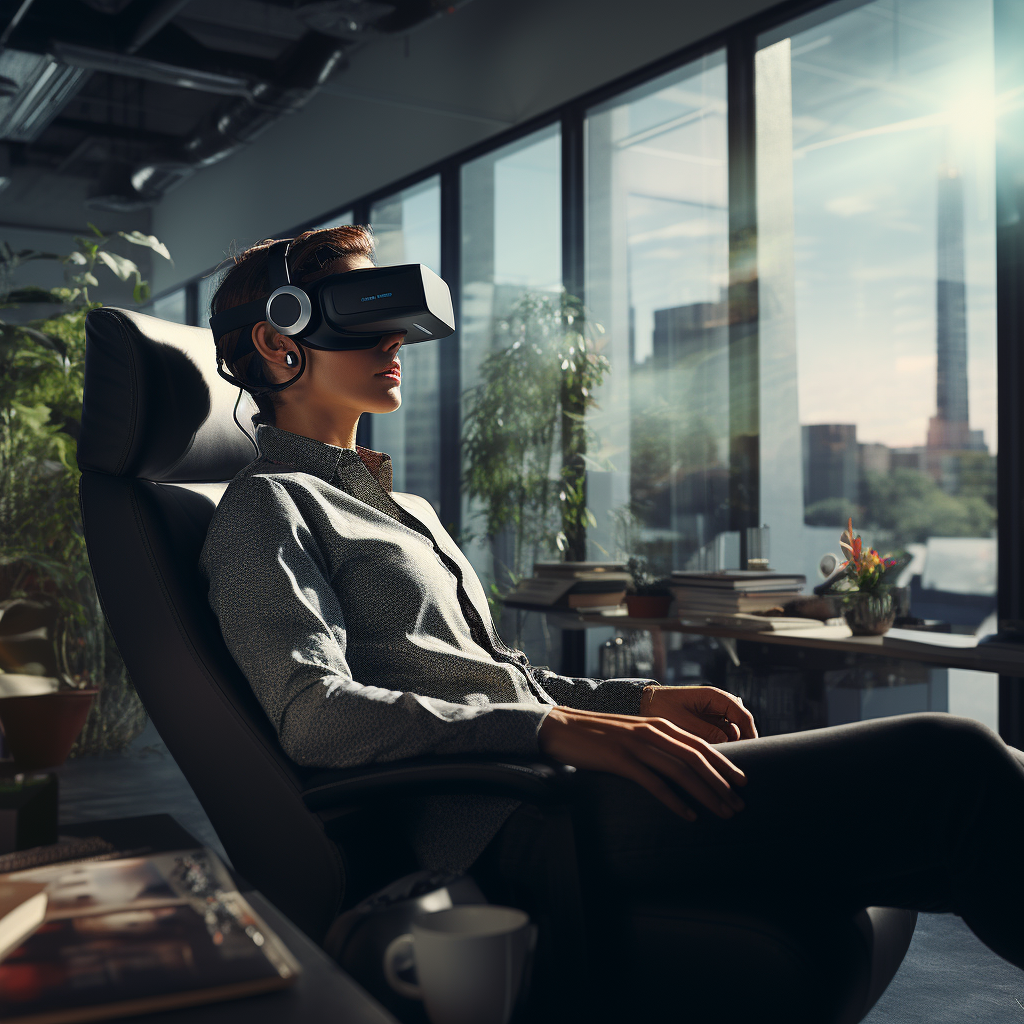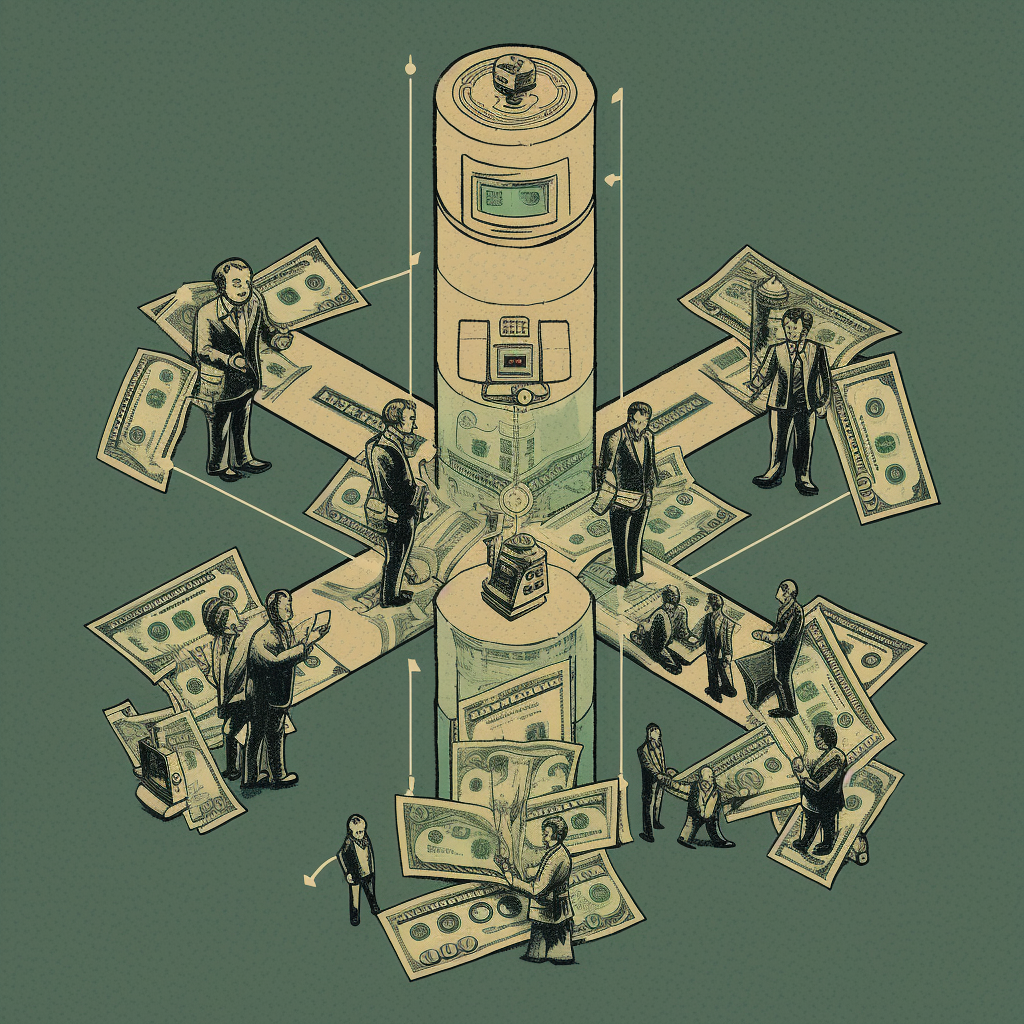Picture this: you walk into a meeting room (or, more likely these days, click on a Zoom link), ready to tackle the tasks at hand, only to find yourself an hour later wondering what just happened. You've spent the entire meeting jumping from topic to topic, with no clear direction, leaving you feeling like you've accomplished nothing. Sounds familiar, doesn't it? It's time to change that narrative. In this post, we'll dive into the world of meeting agendas and explore how they can revolutionize your meetings, making them more productive, focused, and engaging.
The Value of Meeting Agendas
Before we start, let's address the elephant in the room: why bother with meeting agendas? Here are a few compelling reasons:
Enhancing productivity and focus: An agenda sets the tone for the entire meeting. It outlines the topics to be discussed and the order in which they'll be addressed, keeping everyone on track and ensuring that all crucial points are covered. With a clear roadmap in hand, participants can stay focused on the task at hand, preventing those dreaded meandering conversations.
Ensuring clear expectations and outcomes: An agenda helps participants come prepared for the meeting. By providing a list of topics, attendees know what to expect and can do any necessary prep work, making the meeting more efficient. Additionally, a well-crafted agenda clarifies the desired outcomes for each item, ensuring everyone's on the same page about the end goals.
Facilitating communication and collaboration: By outlining who will be leading each discussion and their role in the meeting, an agenda promotes a more structured and inclusive environment. Participants are more likely to engage in meaningful conversation and contribute their thoughts when they have a clear understanding of the meeting's flow and their part in it.
Elements of an Effective Meeting Agenda
Now that we've established the importance of agendas let's explore the key components of an effective one. A well-designed meeting agenda should include:
Clearly defined objectives: State the purpose of the meeting at the top of the agenda. This helps set the stage for attendees, reminding them of the overarching goals and ensuring that the discussion remains focused on achieving those objectives.
Time allocation for each agenda item: Allocate an estimated time for each item on the agenda. This helps maintain the meeting's momentum and keeps everyone aware of the time, preventing discussions from dragging on unnecessarily.
Designated participants and their roles: Clearly identify the person responsible for leading each agenda item, along with the roles of other participants. This encourages ownership, accountability, and engagement from all attendees.
Relevant pre-reading materials or resources: If there are any documents or materials that participants should review before the meeting, include links or attachments alongside the relevant agenda items. This allows attendees to come prepared and contribute more effectively to the discussions.
Crafting Your Meeting Agenda: Step-by-Step
Ready to create an agenda that will take your meetings to the next level? Follow these steps to build an effective meeting agenda from scratch:
- Define the objectives: Start by clearly outlining the goals and objectives of the meeting. Ask yourself, "What do I want to achieve by the end of this meeting?" Make sure the objectives are specific, measurable, and actionable.
- List the topics to be discussed: Based on the objectives, identify the key topics or items that need to be addressed during the meeting. Keep in mind the time constraints and prioritize the most important items.
- Allocate time for each item: Estimate the time needed to discuss each topic, and allocate an appropriate amount of time to each item on the agenda. Be realistic about the time needed but also keep the meeting duration in check.
- Assign roles and responsibilities: Determine who will be responsible for leading the discussion on each agenda item, as well as any additional roles or tasks that need to be assigned to attendees.
- Organize the agenda items: Arrange the items on the agenda in a logical and coherent order. Consider starting with high-priority items or those that will set the tone for the meeting.
- Include necessary pre-reading materials: If there are any documents, articles, or resources that participants should review beforehand, make sure to include them alongside the relevant agenda items.
- Share the agenda in advance: Distribute the agenda to all attendees well ahead of the meeting, giving them ample time to review it and come prepared.
Example Meeting Agendas for Different Types of Meetings
Now that you know how to create an agenda, let's take a look at a few example templates for different types of meetings.
Sales Review Meeting Agenda:
- Objectives
- Review of last meeting's action items
- Sales performance updates
- Pipeline review and forecasting
- Sales strategy discussion
- Training or skill development session
- Recognition and rewards
- Upcoming events and announcements
- Open discussion and feedback
- Action items and next steps
Customer Support Review Meeting Agenda:
- Objectives
- Review of last meeting's action items
- Support ticket analysis and trends
- Response time and customer satisfaction metrics
- Review of challenging cases and resolutions
- Best practices sharing
- Team capacity and workload management
- Process improvements and tool updates
- Open discussion and feedback
- Action items and next steps
Design Review Meeting Agenda:
- Objectives
- Review of last meeting's action items
- Project status update
- Presentation of design concepts
- Design feedback and critique
- Discussion on user testing and validation
- Review of project timeline and milestones
- Resource allocation and workload management
- Open discussion and feedback
- Action items and next steps
Meeting Agenda Best Practices and Tips
To ensure your meeting agendas are as effective as possible, consider these best practices and tips:
- Keep it concise: Don't overload the agenda with too many items. Stick to the most important topics to ensure focused discussions and effective use of time.
- Be flexible: While an agenda provides structure, it's essential to be adaptable during the meeting. If new issues arise or discussions take an unexpected turn, be prepared to adjust the agenda as needed.
- Encourage participation: Foster a collaborative environment by engaging all attendees and giving them opportunities to contribute their ideas and expertise.
- Follow up: After the meeting, circulate the minutes and action items to all attendees, ensuring everyone is aligned on next steps.
Utilizing Technology for Better Meeting Agendas
In today's tech-driven world, there are plenty of tools available that can help streamline the process of creating and managing meeting agendas. Here are a few popular options to consider:
- Google Docs: A simple yet powerful solution, Google Docs allows you to create, collaborate, and share meeting agendas in real-time with your team. You can also use the commenting and suggestion features to gather input from attendees before the meeting.
- Microsoft OneNote: OneNote is a versatile note-taking app that can be used to create and organize meeting agendas. You can create templates, add tags, and even integrate it with Microsoft Outlook to streamline your meeting scheduling and agenda-sharing process.
- Asana: As a project management tool, Asana can also be utilized for creating and managing meeting agendas. You can create tasks for each agenda item, assign them to team members, and track the progress of action items post-meeting.
- Trello: Trello is another project management tool that can be adapted for meeting agendas. By using boards, lists, and cards, you can create a visually appealing and easy-to-follow agenda that can be updated and shared with your team.
- Meeting management software: There are several meeting management software options available that specifically focus on streamlining the entire meeting process, including agenda creation, such as Minute, Docket, and Lucid Meetings.
Conclusion
Creating an effective meeting agenda is crucial for ensuring productive and focused meetings. By following the step-by-step guide provided, considering the examples, and incorporating best practices and technology, you'll be well on your way to crafting agendas that lead to successful meetings. And remember, the key to a great agenda is to keep it concise, flexible, and engaging for all attendees. So, go forth and conquer your next meeting with a well-crafted agenda!
PS: If you want to have great meetings across the board, without having to worry about transcripts, summaries and follow-ups, check out Sybill. It automatically creates meeting notes, summaries, and pushes them to your CRM systems, email and Slack. It also creates a follow-up email draft that you can quickly tweak and send off, rather than creating one yourself from scratch.















.png)





